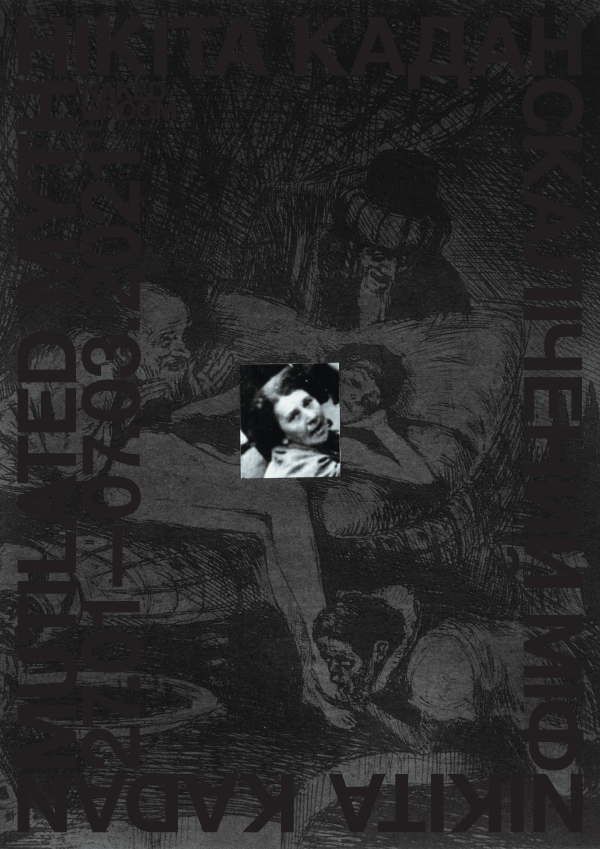The Naked Room presents an exhibition of selected works from a new project by Nikita Kadan, “Mutilated Myth”. The show premieredis a premiere in Kyiv. It was originally conceived with the support of Schultzfest in Drohobycz and curated by Jessica Zychowicz.
Kadan has been long and profoundly working with the subject of historical memory. Or rather with the subject of historical amnesia, the impotence of contemporary society—, Ukrainian in particular—, in the relationships with its past, its traumas and silenced problems.
Kadan’s major projects of the recent years (series titled “The Chronicle”, “Branch” and “Pogrom”) focus on the history of the acts of mass violence and the Holocaust on the territory of Ukraine in the 1930-40s. As a starting point Kadan appeals to the few existing documentary images extant in Soviet and Polish press and archives. The task of these images was to register the actual events and bear testimony to the future spectators. Yet, being incorporated into newest policies and ideologies, today they rather display an inability to testify and dim remembering;, they cover up the tracks, puzzle and create dangerously false interpretations.
For “Mutilated Myth” the artist references documentary photographs of the Lviv Pogrom of 1941. He then transforms the images into large-scale charcoal drawings. At first sightsite, these hyperbolised and shaded compositions only deepen the gap between the facts of the past and the attempts to interpret them 80 years later. Yet, the images transferred from photographs to drawings remain quitepretty eloquent, recognisable and real: naked women on city streets, kneeling male figures, unnatural light, an atmosphere of phantasm and horror.
Some time ago Kadan noticed the resemblance betweenof photographs of the 1941 Lviv Pogrom andto the classical graphic works of Bruno Schulz’s “The Book of Idolatry'' that depict scenes of fetish games. References to his cycle constitute the second half of the series. The two subjects’ collision within one cycle made the visual quotes from Schultz almost indistinguishable from the Pogrom scenes. Created two decades before the Holocaust, Schultz’s illustrations look like an incredibly accurate anticipation of the historic catastrophe as well as of his own fate. In return, the scenes of actual violence adopted from documentary photographs in dialogue with Schultz attain a somewhat surreal and disengaged character.
A long-term dialogue between Nikita Kadan and curator Jessica Zikhovych with her text on “masochist optics” was a big impetus for such a combination. The artist comments, “The photographs of Pogrom become an inversion of the “Book of Idolatry” or its bad parody. In place of a voluntary game based on mutual agreements that can be cancelled any minute, there is “a game without an option to cancel it”. Pogrom-doers act as a carnivalesque crowd, yet the victims can’t leave this carnival. Instead of performing acts of pain and humiliation in order to deprive them of their repressive, forced, involuntary nature, reala real violence isf organised in a theatrical manner. The seeming resemblance of these scenes results in a somewhat hallucinatory effect that is borne from collision of the opposites.”
In the case of “Mutilated Myth”, the project’s provenance context multiplies the semantic layers. The first presentation happened during Schultzfest inside the ancient walls of Villa Bianca (currently a museum) and Villa of Raymond Jarosz in Drohobych, the native town of Bruno Schultz. While the small display in The Naked Room immerses thea viewer into a situation of claustrophobic close contact with an image, facilitatingallowing the inevitability of looking into darkness. Nonetheless,But it also as well allows for a courageous, insightful look and an uncertain interpretation that results in a proximity to that darkness.
The contract between the formal attractivity of the images and their paralyzing subject refers to a wider problem of the role of an image in creation of history. What are the functioning mechanisms of images distribution and how can one influence them? Is a contemporary artist a legitimate mediator in this process? Nikita Kadan is one of the few to dare doing it.
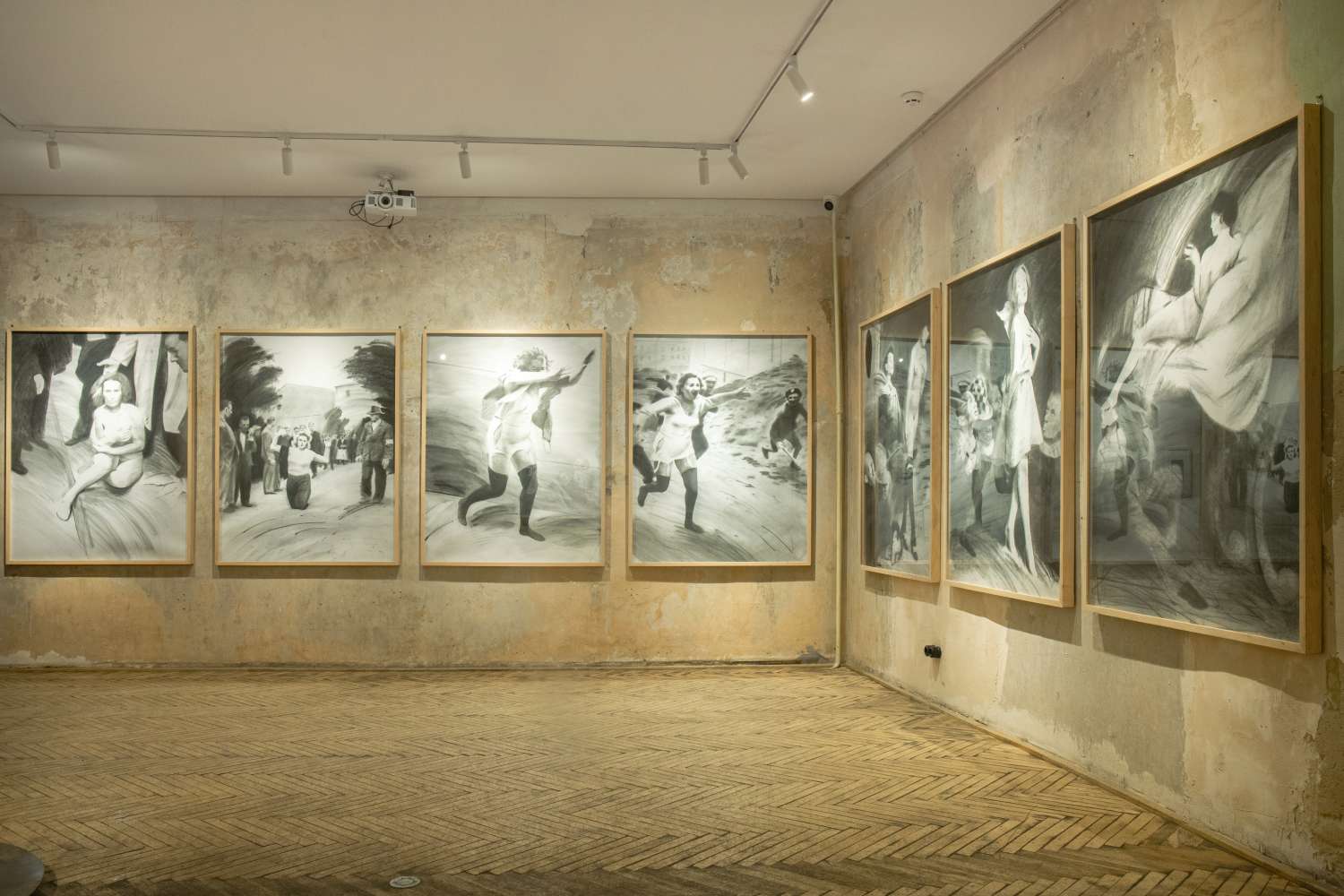
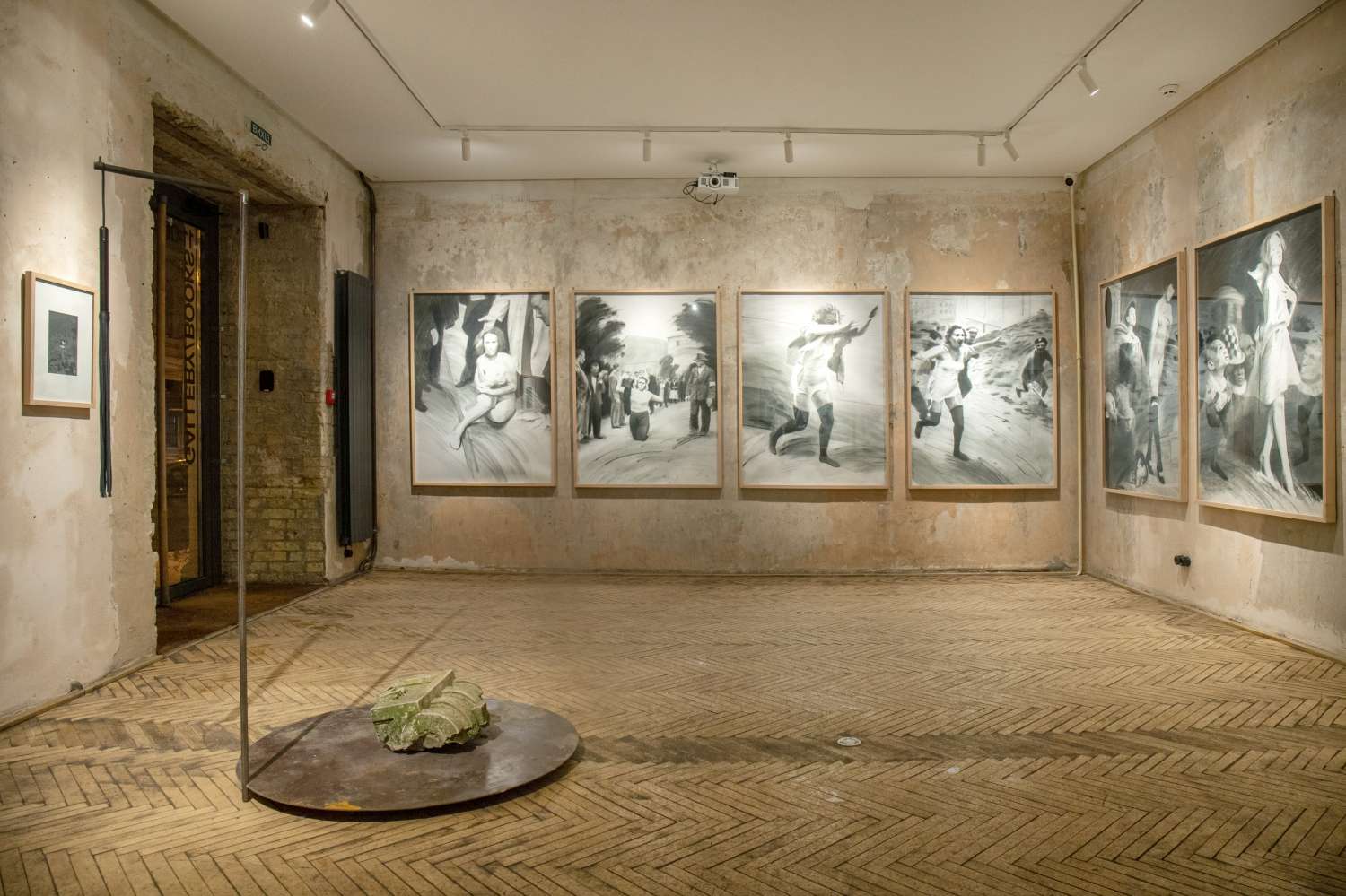
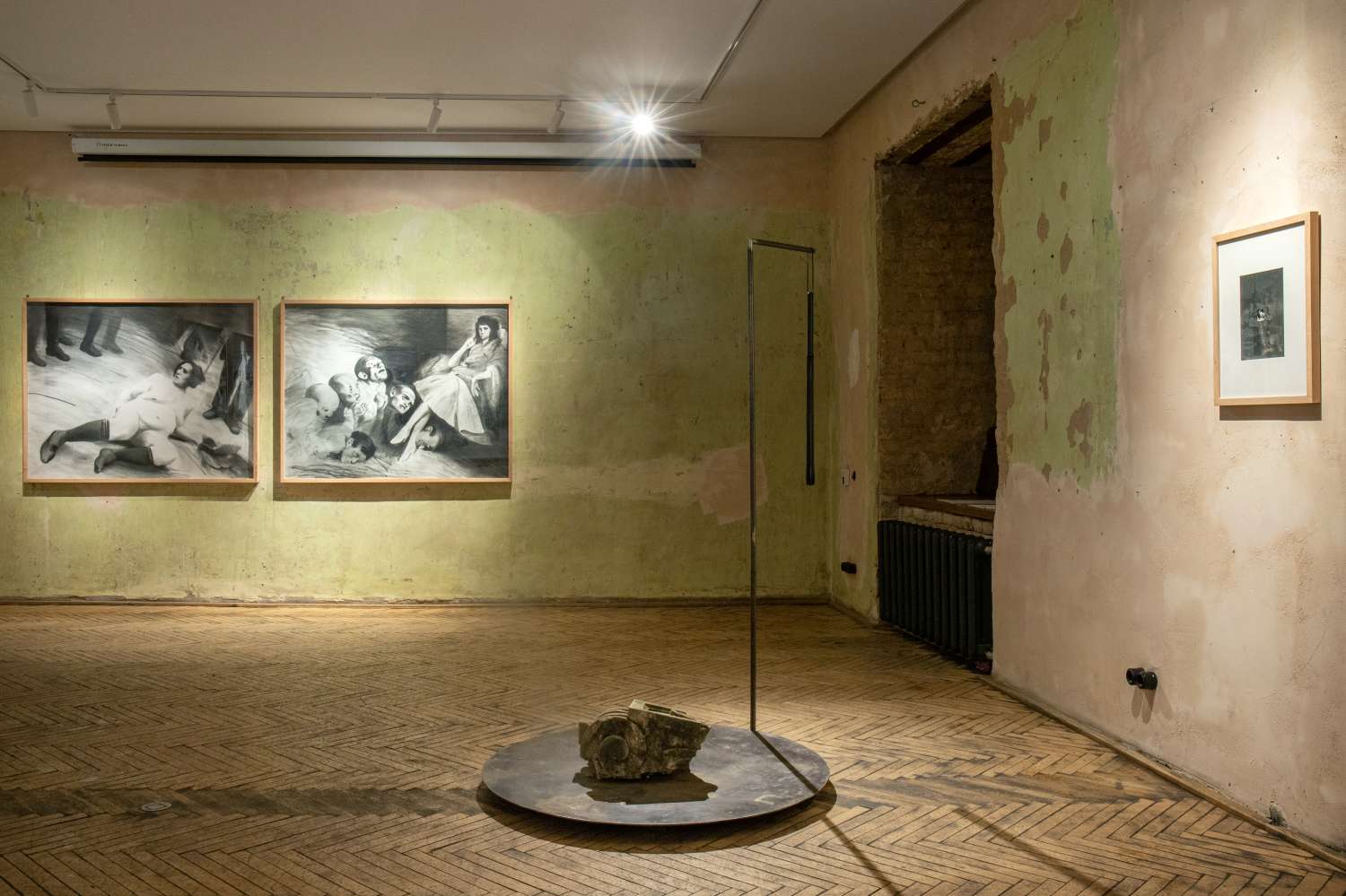
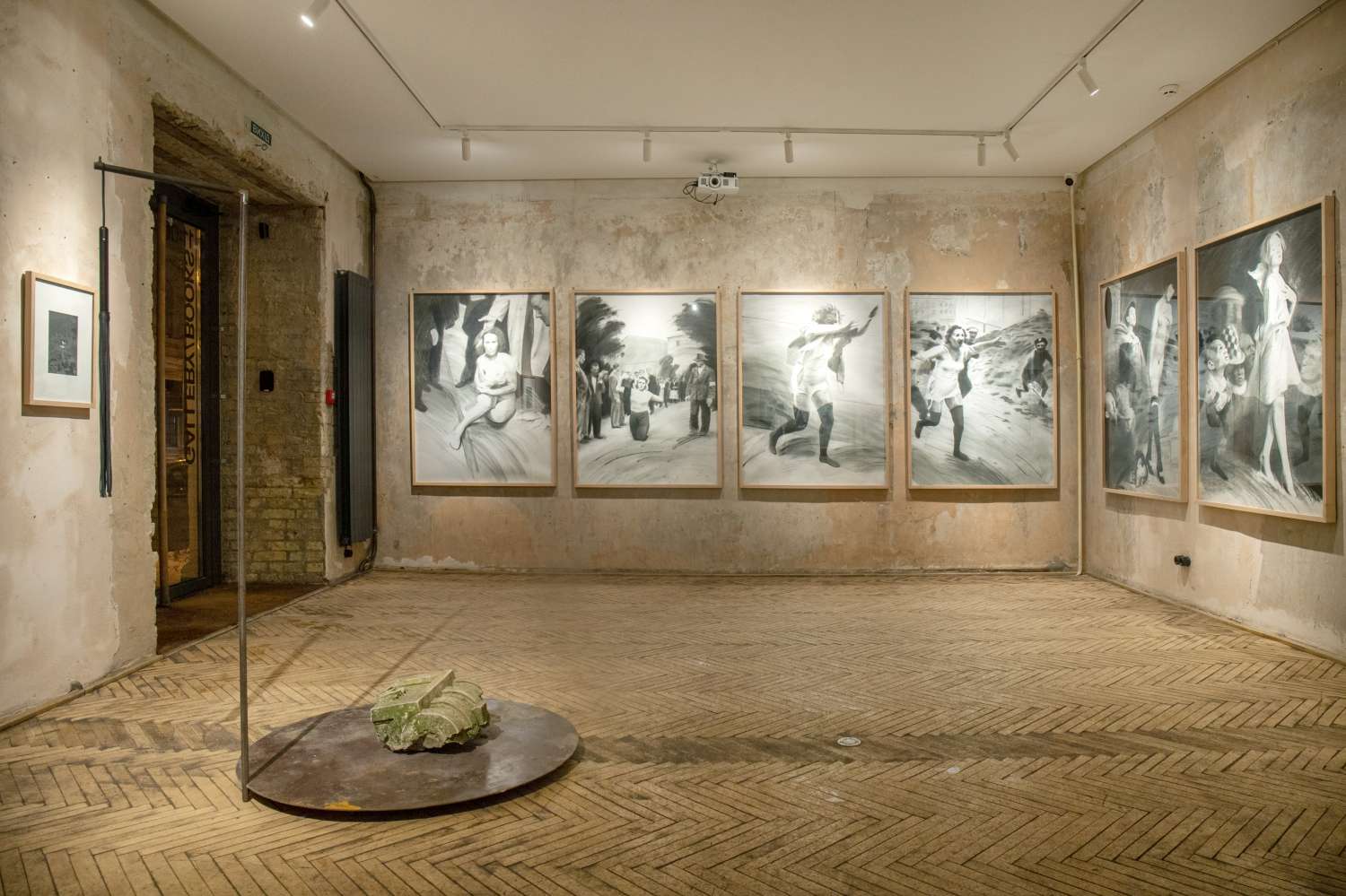
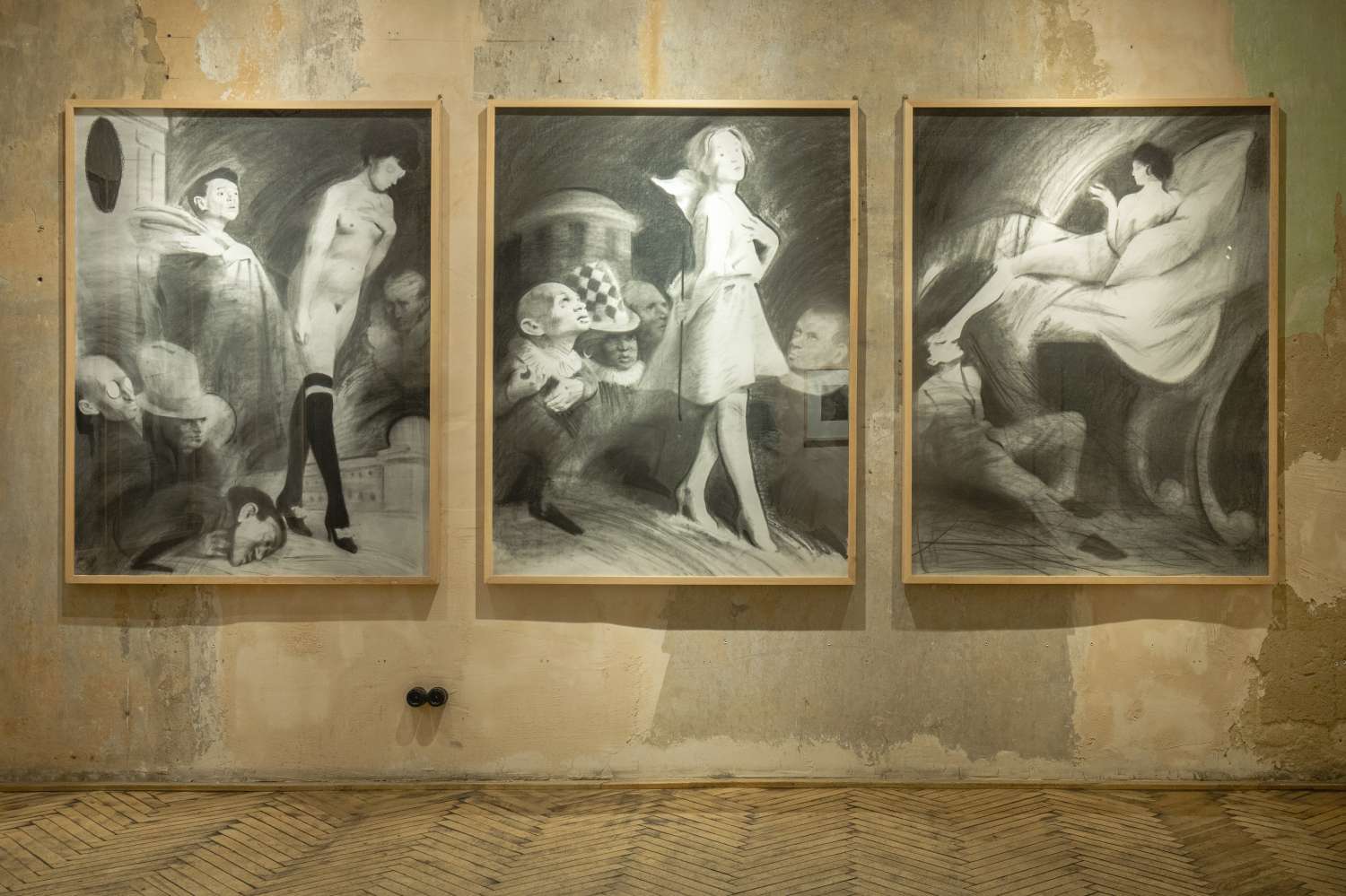
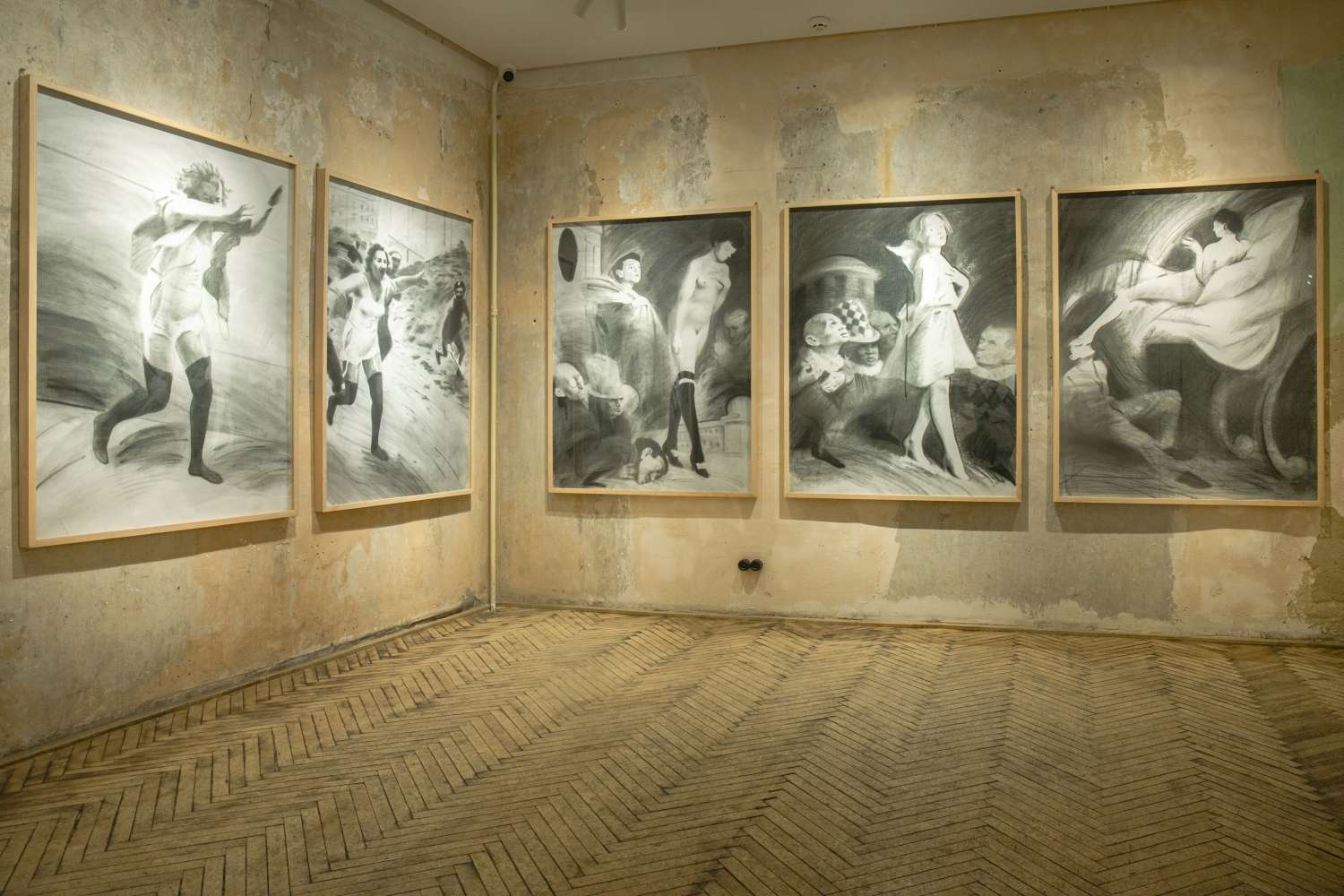
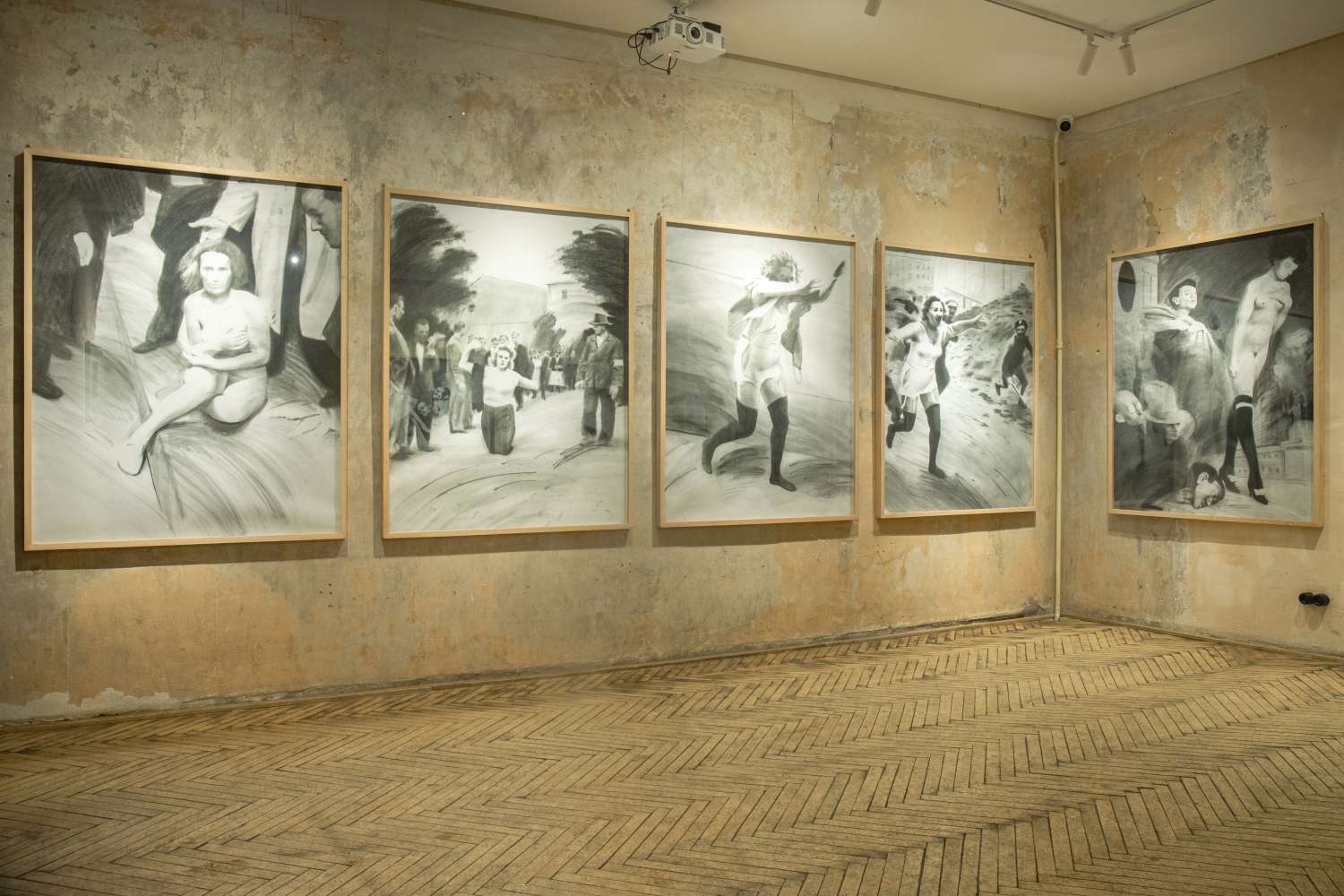
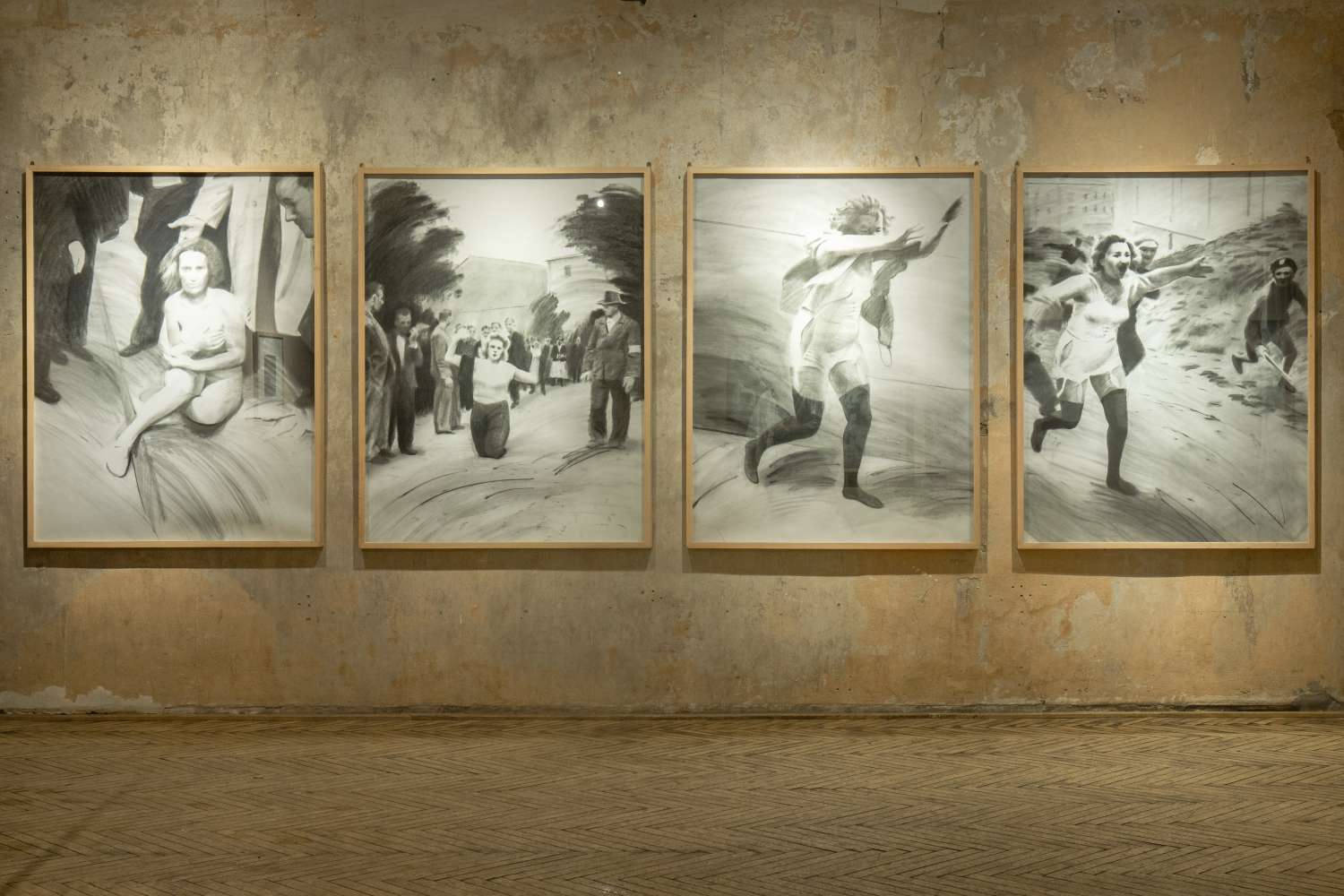

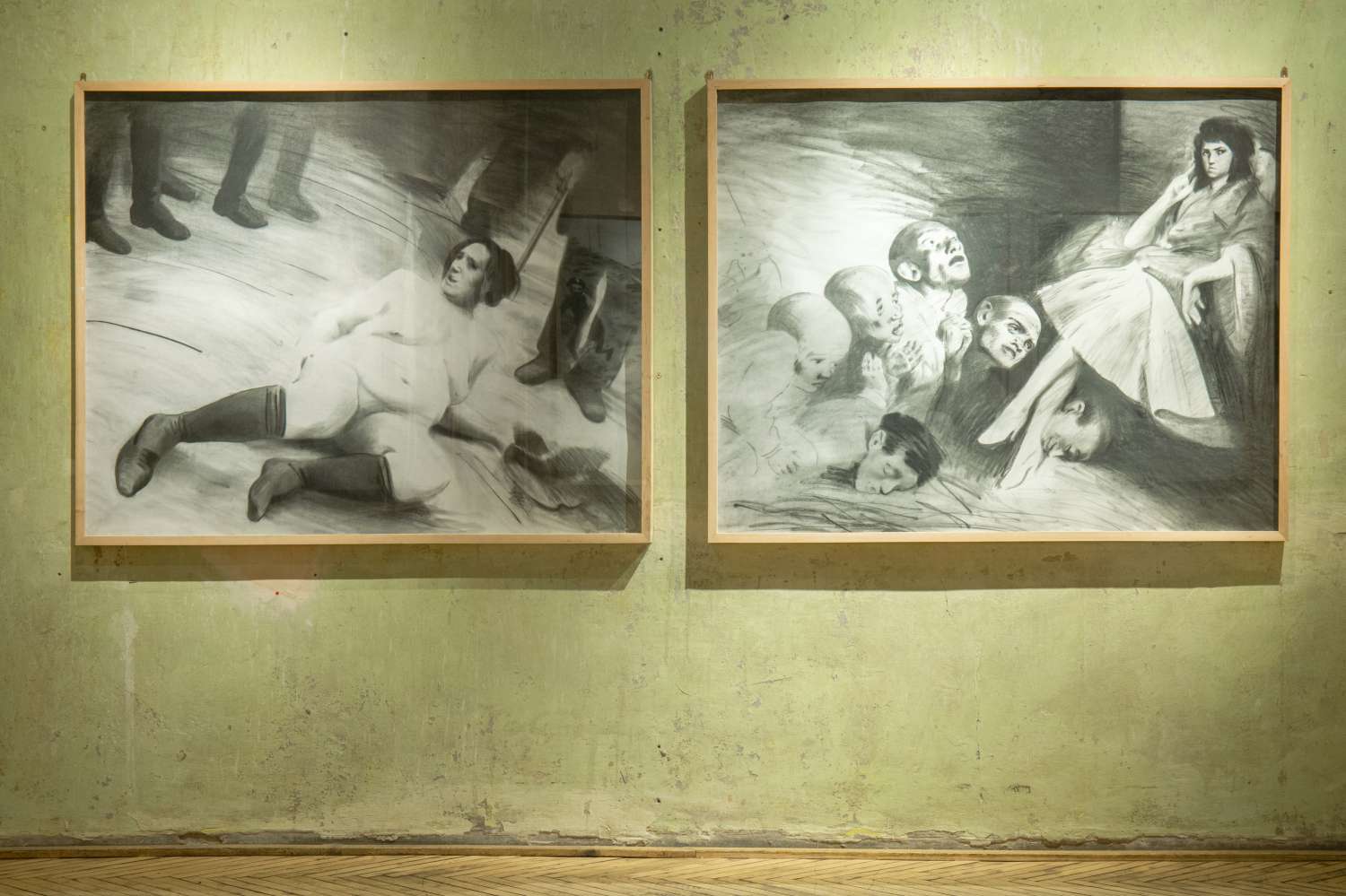
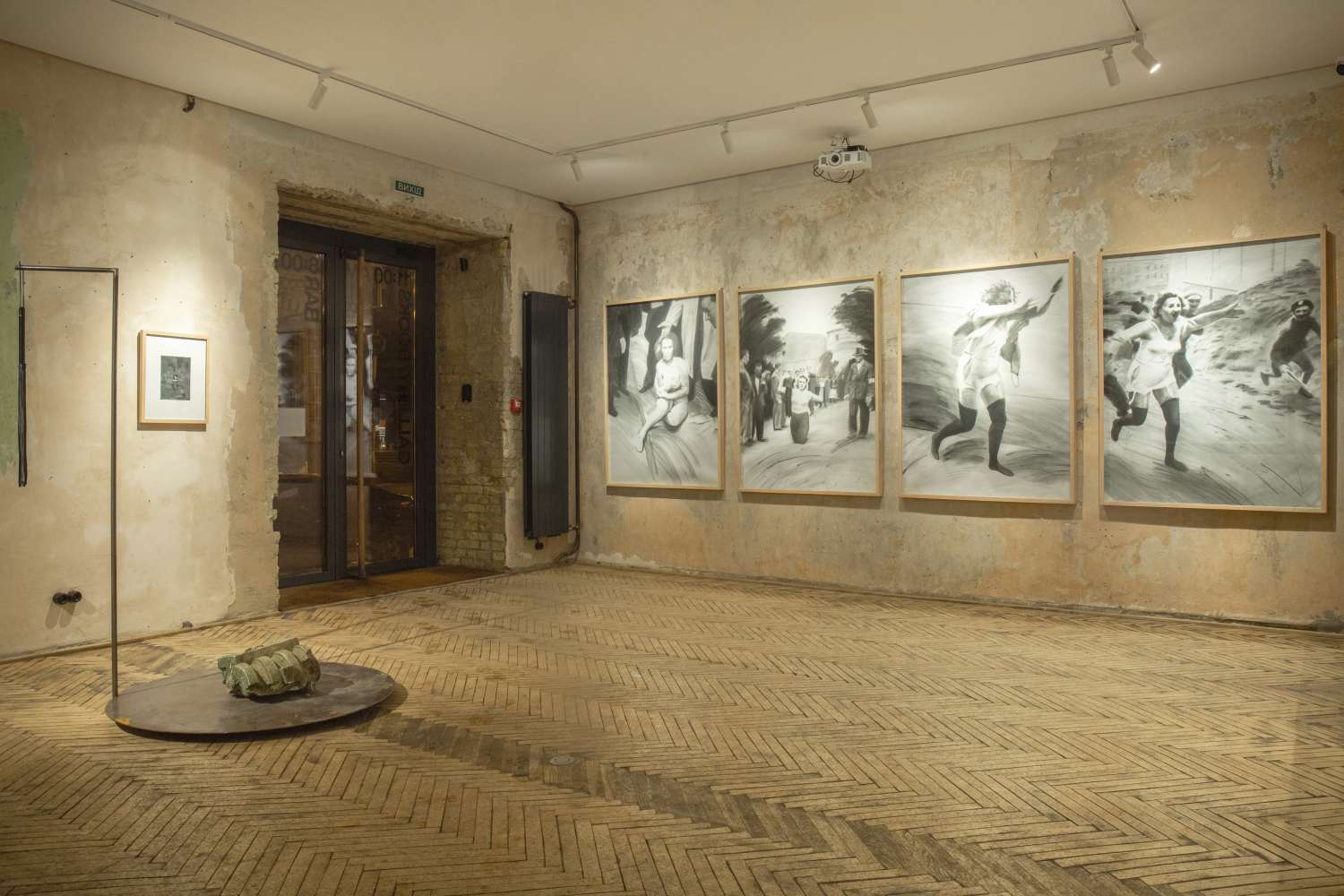
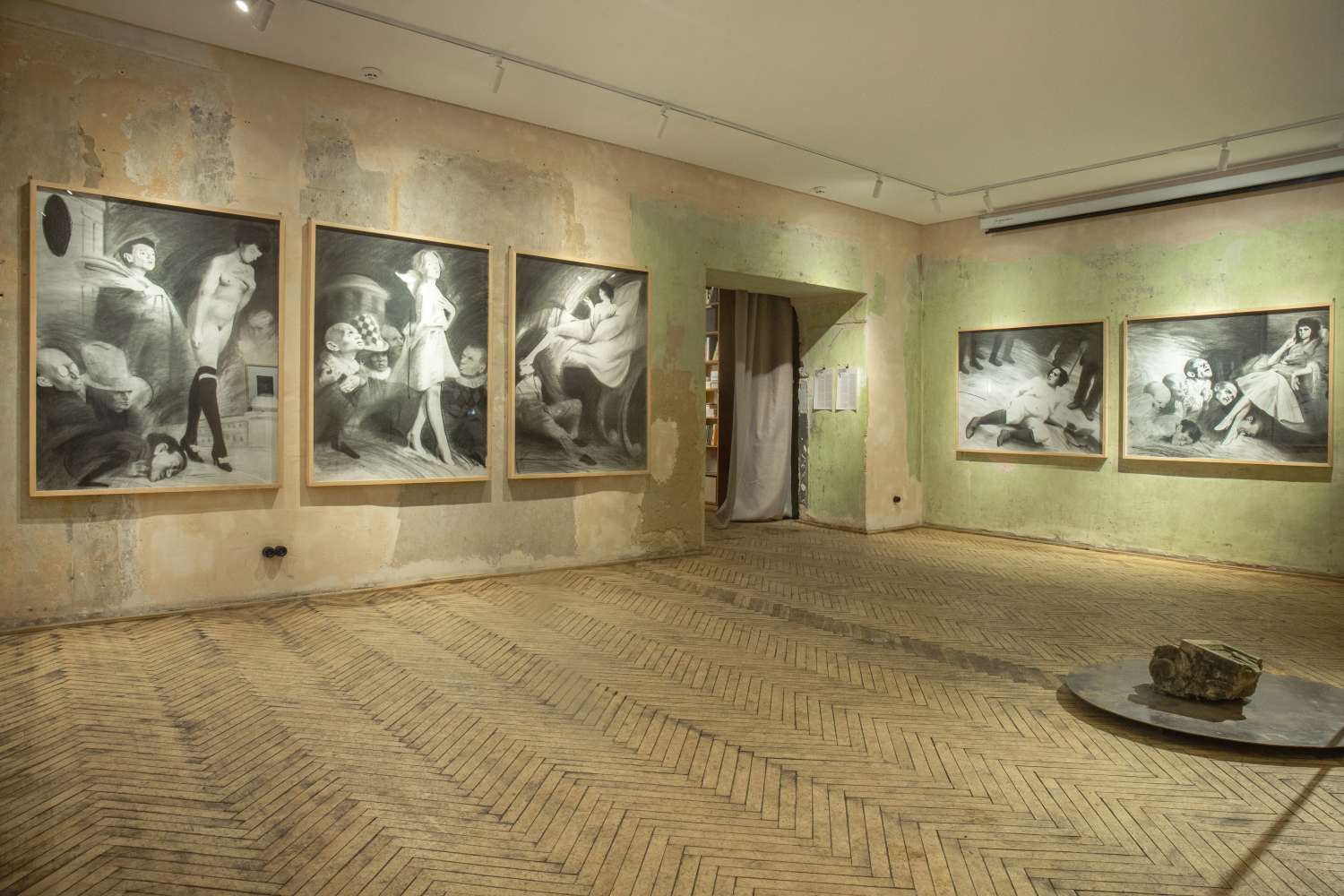
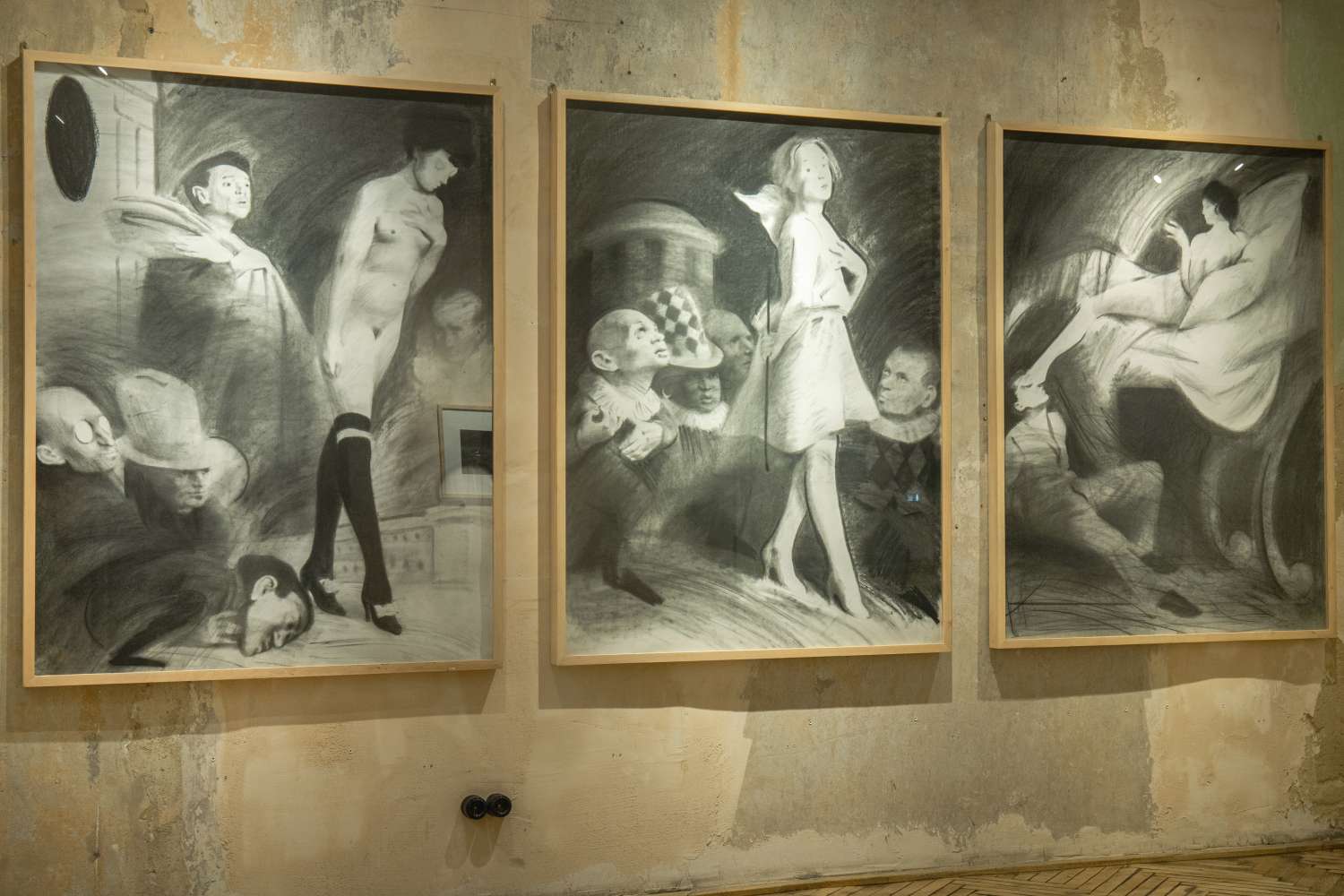
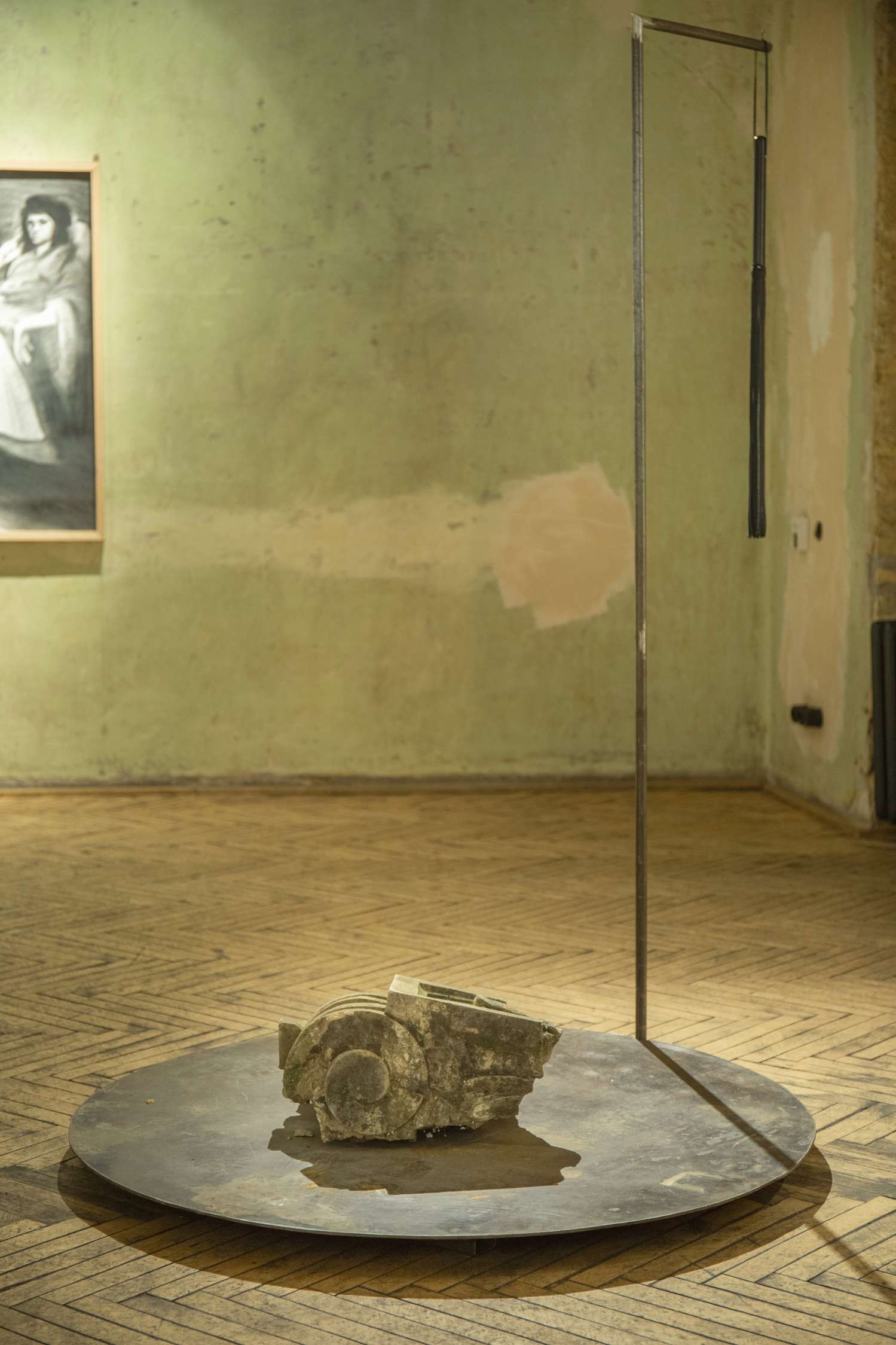
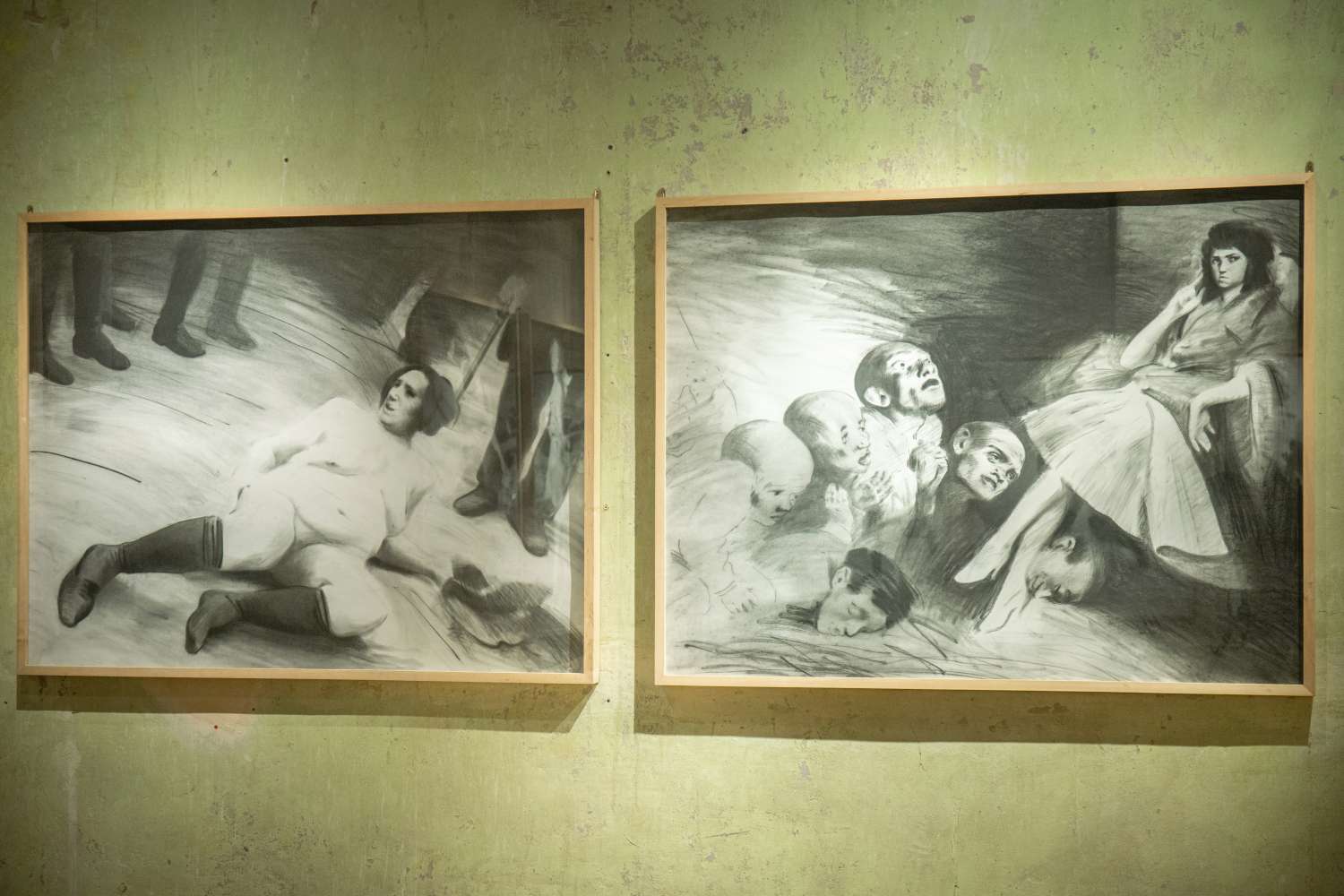
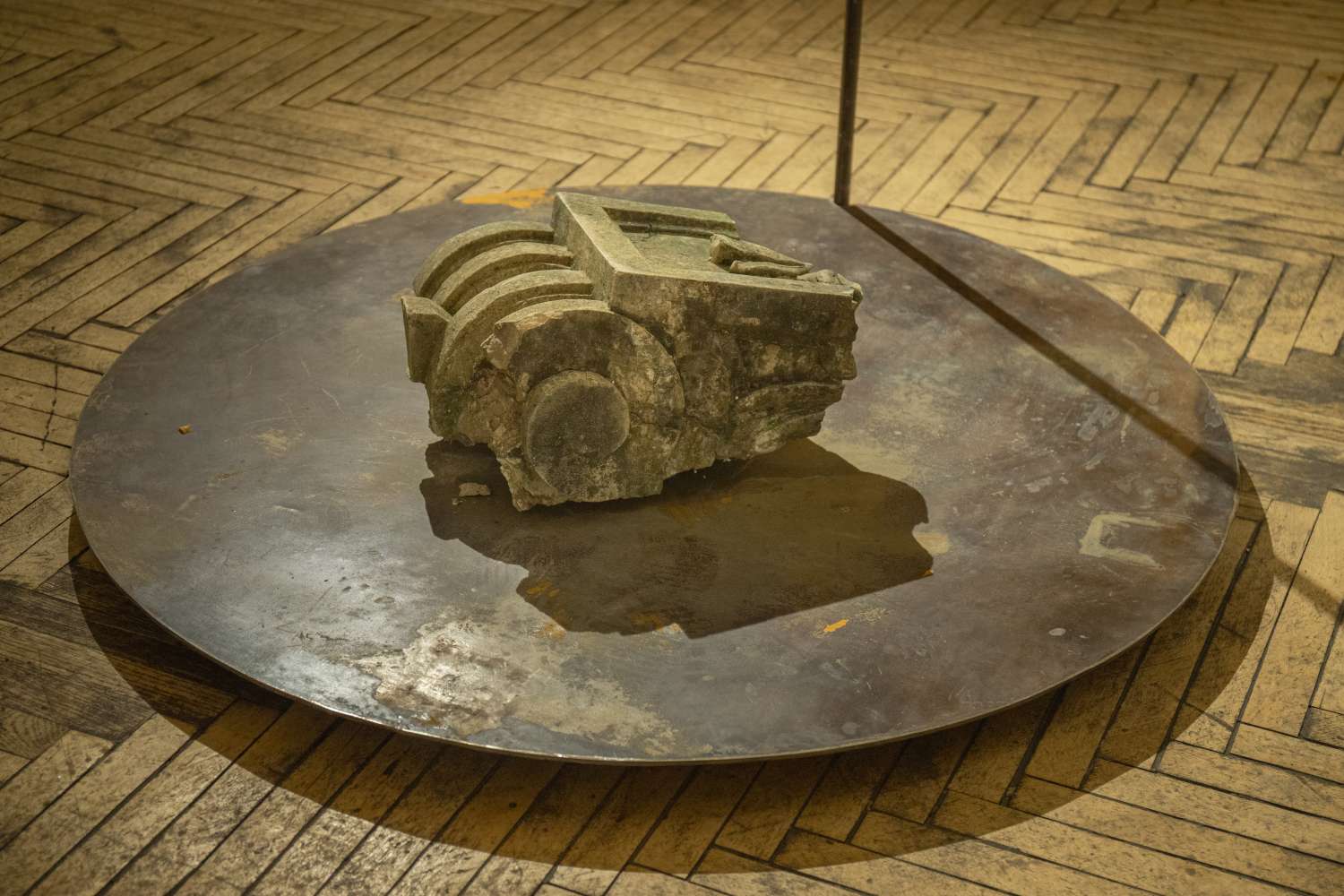
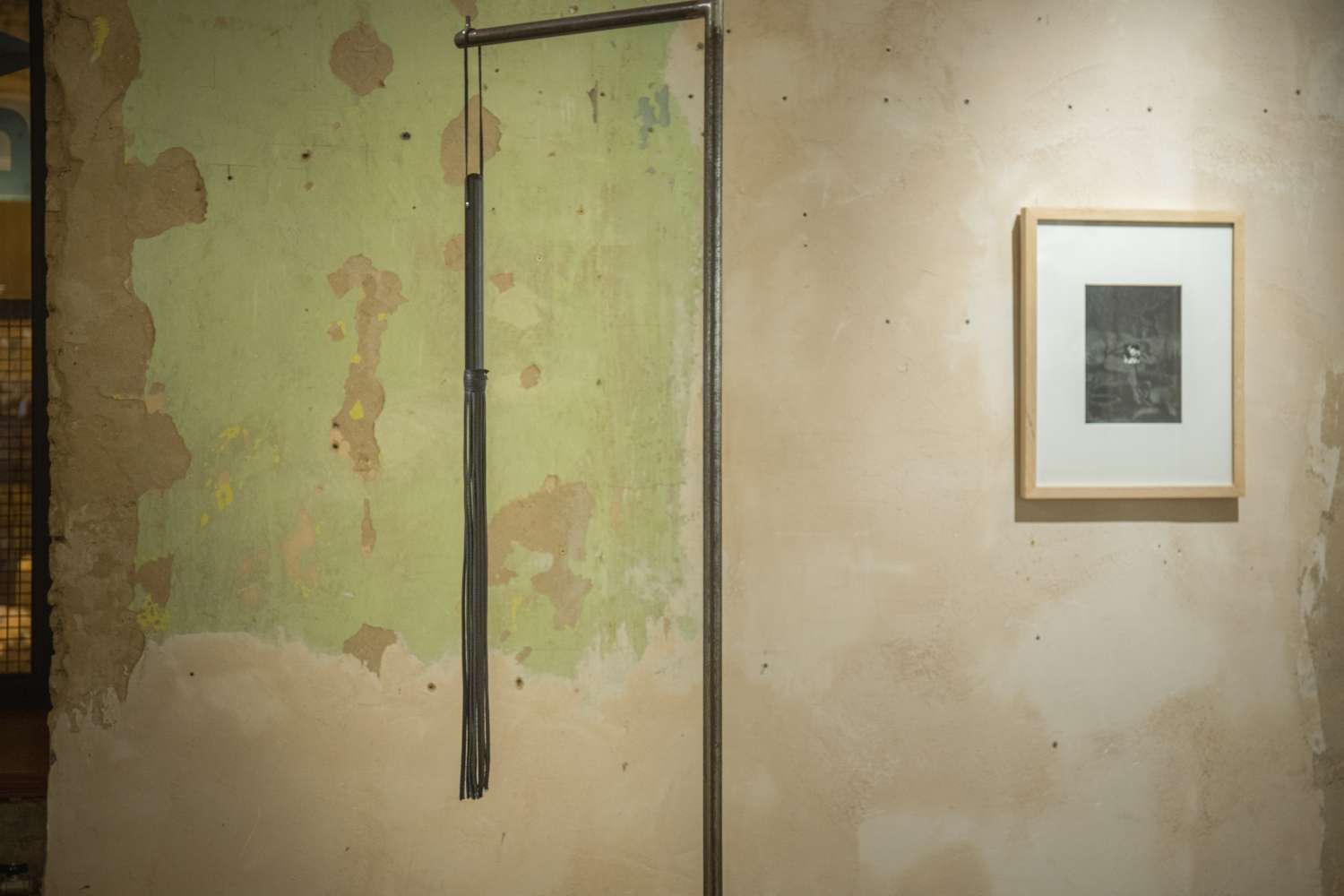
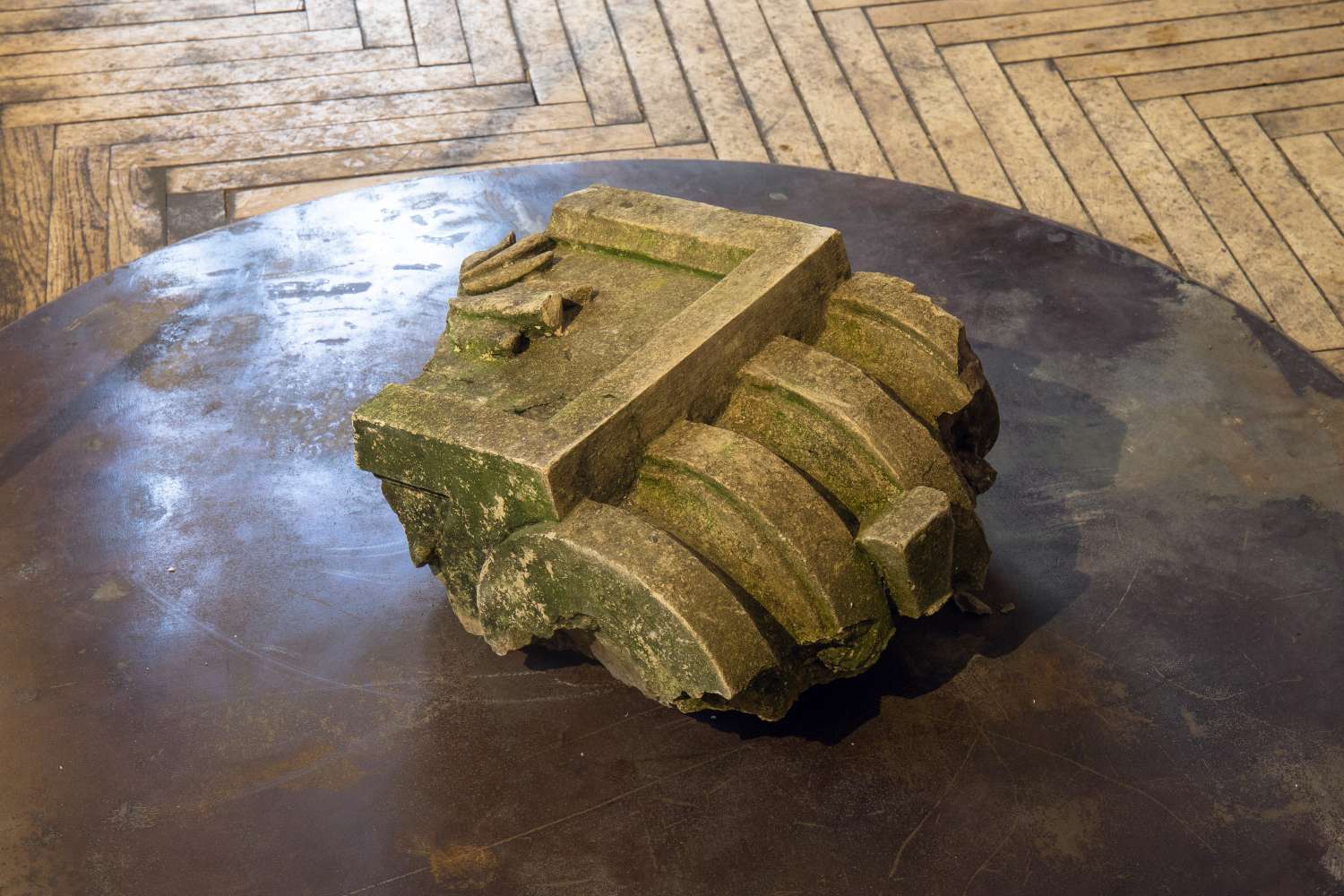
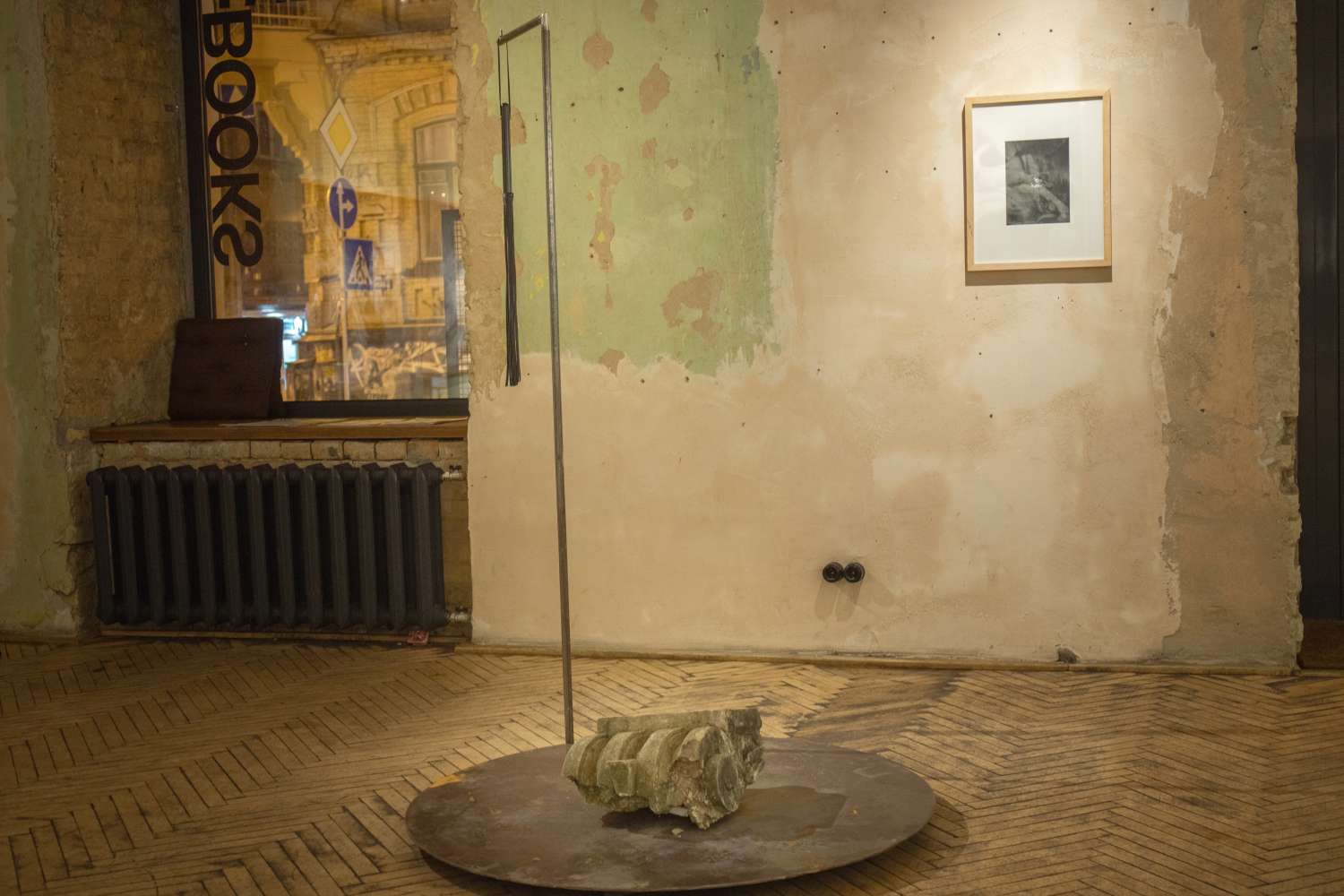
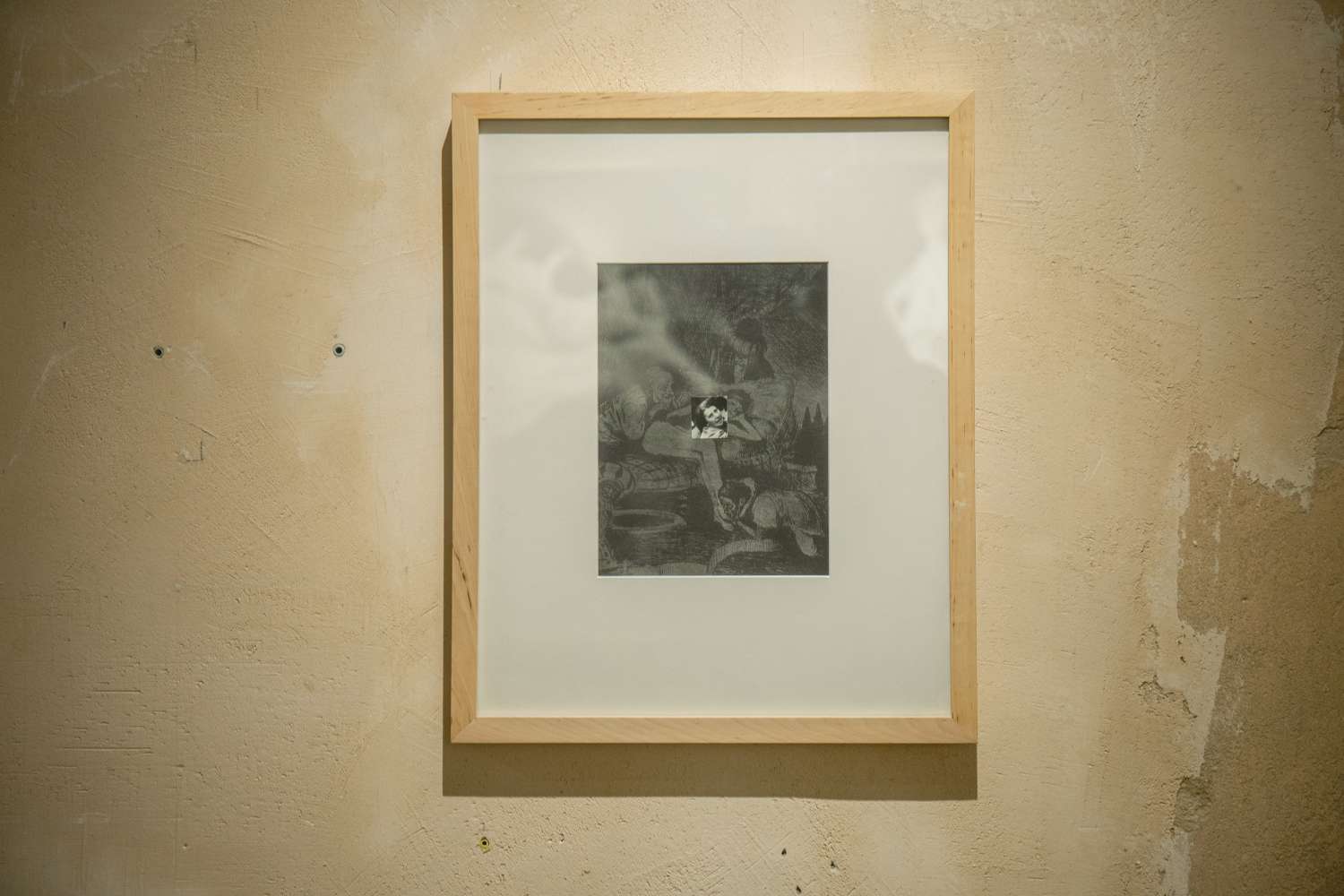
Thank you for subscribing!
